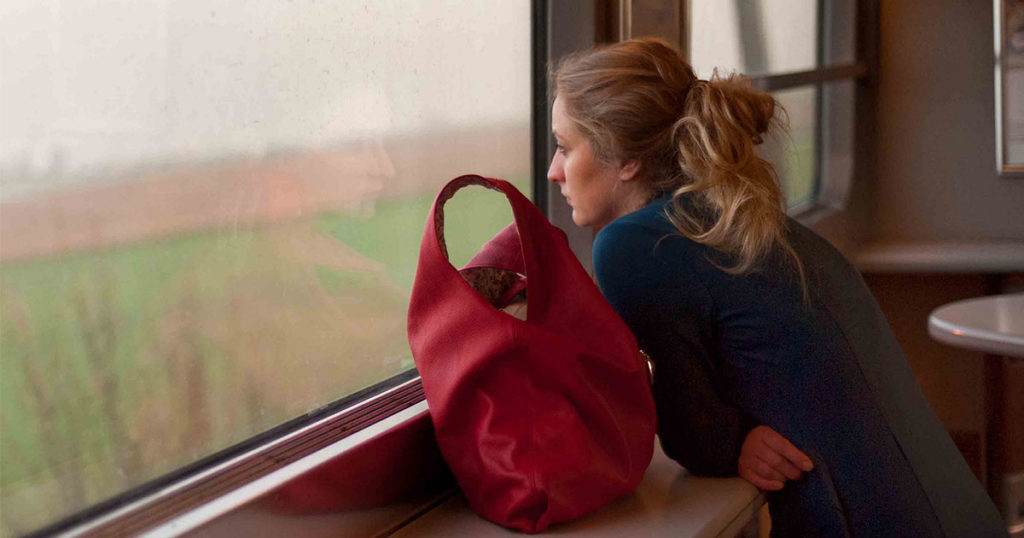
Whenever I take the Eurostar from the Gare du Nord in Paris to London’s St Pancras International, I like to guess who among my fellow passengers is French and who is English. In doing so, I keep my headphones on, so I can’t hear what is being said. Over the years, I’ve come to pride myself on being able to home in on a single detail to make the call: a simple gesture of the hand; the weathered patina of a leather shoe; the angle of a hat brim. (Of course, this may be false confidence—much of the time, I’m left without definitive proof.)
This exercise both helps me pass the time and superimposes a kind of order on the world that can be soothing. Much of my writing is devoted to sussing out the highly complicated and contradictory ways identity, real or perceived, functions (or doesn’t) in modern life, making uniform and abstract what is necessarily unique. It is as difficult as it is crucial to maintain a certain humility at all times—to look at the pale, freckled young man in the porkpie hat and allow that, for all our differences, he is an American, like me. It can be deeply reassuring when people (and places) express themselves exactly as you would expect. Yet it is the exceptions that make the game worth playing.

